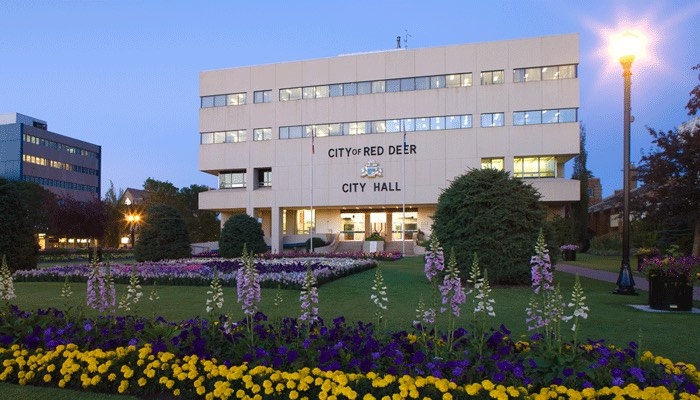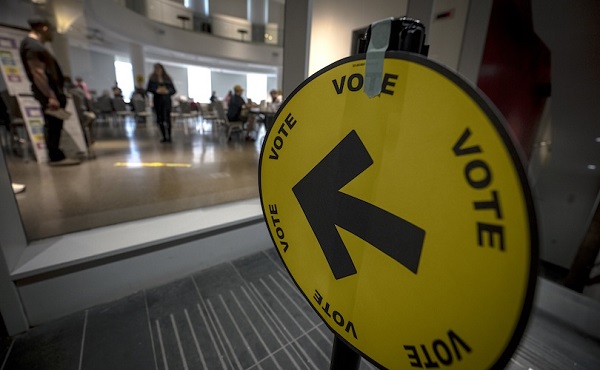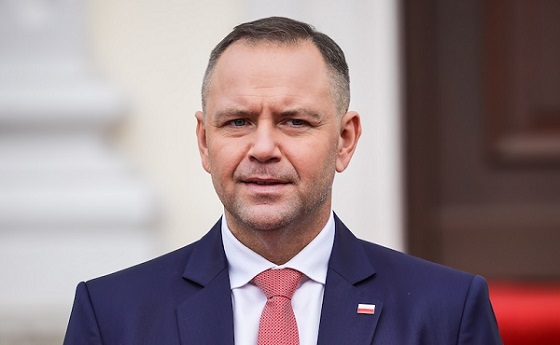Alberta
Alberta looking to ban electronic vote tabulators ahead of next provincial election
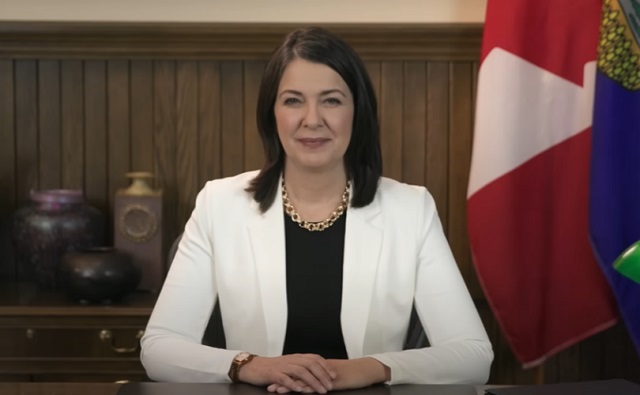
From LifeSiteNews
electronic voting tabulators, which were supposed to speed up vote counting, instead saw election results delayed due with workers having to manually enter the results that each tabulator printed out.
The conservative Premier of Alberta, Danielle Smith, has confirmed she is looking to ban the use of electronic vote tabulators in future provincial elections after issues with them in the 2023 election saw massive delays in the tallying of votes.
Smith, according to a report from True North, while speaking to a United Conservative Party (UCP) fundraiser on January 26 in the community of Bonnyville was asked if she would “end the use of voting tabulators across the province?”
Smith replied with a firm “yes.”
The 2023 Alberta provincial elections held in May saw Smith and her UCP win a majority, although a slim one, over the left-wing Alberta New Democratic Party (NDP).
Elections Alberta used what is called a Vote Anywhere Service, which allowed anyone to vote at any voting place regardless of which riding (jurisdiction) they were actually voting in. While paper ballots were used for the election, electronic tabulators were used to count the votes from all hand ballots. A form was then printed out with the result of each riding from the tabulators count of the hand ballots.
However, the electronic voting tabulators, which were supposed to speed up vote counting, instead saw election results delayed due with workers having to manually enter the results that each tabulator printed out.
Elections Alberta noted in June 2023, per True North, that “[w]e did not use any electronic data transfer from the tabulators, as the tabulators used for advance voting were never connected to a network at any time.”
“As a result, it was a manual process to verify and enter these results.”
Many in the UCP have long called for the return of hand counting, as is done in Canada’s federal elections.
As for Smith, before the 2023 election, she noted that she was confident in Elections Alberta’s plan to use electronic tabulators, as “we have the ability to do a hand count as a follow up in the event there are close results, I believe that’s going to be sufficient.”
“That’s, I think, something that people expect in democracy – that you should be able to verify a vote if results end up very close,” she added.
Elections Alberta, however, has pushed back on returning to hand counting ballots, saying it would increase the manual workload of employees.
There were many close results on election night, with the NDP losing a few seats by only a handful of votes in some Calgary ridings.
Smith gave no timeline as to how or when she would make the change.
Many large municipalities in Alberta, including the province’s two biggest cities, Calgary and Edmonton, use electronic tabulators for ballot counting.
Issues surrounding electronic voting machines as well as tabulators came to a head in the aftermath of the 2020 U.S. presidential election, which saw Joe Biden declared the winner over Donald Trump.
A report published by LifeSiteNews last year documented how a computer programmer, Clinton Eugene Curtis, who had previously testified to Congress on the integrity of voting machines, warned lawmakers in Arizona to never trust them.
“Don’t use machines, because you can never, ever trust them to give you a fair election,” said Curtis.
“There are too many ways to hack them. You can hack them at the level that I did when you first build them, you can hack them from the outside, you can hack them with programs that load themselves on the side. It’s impossible to secure them. You will never beat the programmer. The programmer always owns the universe.”
Of note is that Curtis is a Democrat who had worked as a programmer for NASA, as well as the Department of Defense and other government agencies.
Alberta
Calgary’s High Property Taxes Run Counter to the ‘Alberta Advantage’
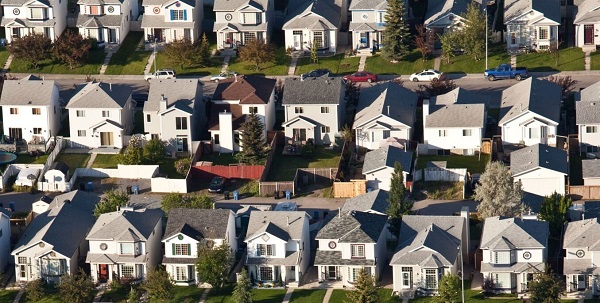
By David Hunt and Jeff Park
Of major cities, none compare to Calgary’s nearly 50 percent property tax burden increase between censuses.
Alberta once again leads the country in taking in more new residents than it loses to other provinces and territories. But if Canadians move to Calgary seeking greater affordability, are they in for a nasty surprise?
In light of declining home values and falling household incomes amidst rising property taxes, Calgary’s overall property tax burden has skyrocketed 47 percent between the last two national censuses, according to a new study by the Aristotle Foundation for Public Policy.
Between 2016 and 2021 (the latest year of available data), Calgary’s property tax burden increased about twice as fast as second-place Saskatoon and three-and-a-half times faster than Vancouver.
The average Calgary homeowner paid $3,496 in property taxes at the last census, compared to $2,736 five years prior (using constant 2020 dollars; i.e., adjusting for inflation). By contrast, the average Edmonton homeowner paid $2,600 in 2021 compared to $2,384 in 2016 (in constant dollars). In other words, Calgary’s annual property tax bill rose three-and-a-half times more than Edmonton’s.
This is because Edmonton’s effective property tax rate remained relatively flat, while Calgary’s rose steeply. The effective rate is property tax as a share of the market value of a home. For Edmontonians, it rose from 0.56 percent to 0.62 percent—after rounding, a steady 0.6 percent across the two most recent censuses. For Calgarians? Falling home prices collided with rising taxes so that property taxes as a share of (market) home value rose from below 0.5 percent to nearly 0.7 percent.
Plug into the equation sliding household incomes, and we see that Calgary’s property tax burden ballooned nearly 50 percent between censuses.
This matters for at least three reasons. First, property tax is an essential source of revenue for municipalities across Canada. City councils set their property tax rate and the payments made by homeowners are the backbone of municipal finances.
Property taxes are also an essential source of revenue for schools. The province has historically required municipalities to directly transfer 33 percent of the total education budget via property taxes, but in the period under consideration that proportion fell (ultimately, to 28 percent).
Second, a home purchase is the largest expense most Canadians will ever make. Local taxes play a major role in how affordable life is from one city to another. When municipalities unexpectedly raise property taxes, it can push homeownership out of reach for many families. Thus, homeoowners (or prospective homeowners) naturally consider property tax rates and other local costs when choosing where to live and what home to buy.
And third, municipalities can fall into a vicious spiral if they’re not careful. When incomes decline and residential property values fall, as Calgary experienced during the period we studied, municipalities must either trim their budgets or increase property taxes. For many governments, it’s easier to raise taxes than cut spending.
But rising property tax burdens could lead to the city becoming a less desirable place to live. This could mean weaker residential property values, weaker population growth, and weaker growth in the number of residential properties. The municipality then again faces the choice of trimming budgets or raising taxes. And on and on it goes.
Cities fall into these downward spirals because they fall victim to a central planner’s bias. While $853 million for a new arena for the Calgary Flames or $11 million for Calgary Economic Development—how City Hall prefers to attract new business to Calgary—invite ribbon-cuttings, it’s the decisions about Calgary’s half a million private dwellings that really drive the city’s finances.
Yet, a virtuous spiral remains in reach. Municipalities tend to see the advantage of “affordable housing” when it’s centrally planned and taxpayer-funded but miss the easiest way to generate more affordable housing: simply charge city residents less—in taxes—for their housing.
When you reduce property taxes, you make housing more affordable to more people and make the city a more desirable place to live. This could mean stronger residential property values, stronger population growth, and stronger growth in the number of residential properties. Then, the municipality again faces a choice of making the city even more attractive by increasing services or further cutting taxes. And on and on it goes.
The economy is not a series of levers in the mayor’s office; it’s all of the million individual decisions that all of us, collectively, make. Calgary city council should reduce property taxes and leave more money for people to make the big decisions in life.
Jeff Park is a visiting fellow with the Aristotle Foundation for Public Policy and father of four who left Calgary for better affordability. David Hunt is the research director at the Calgary-based Aristotle Foundation for Public Policy. They are co-authors of the new study, Taxing our way to unaffordable housing: A brief comparison of municipal property taxes.
Alberta
Petition threatens independent school funding in Alberta

From the Fraser Institute
Recently, amid the backdrop of a teacher strike, an Alberta high school teacher began collecting signatures for a petition to end government funding of independent schools in the province. If she gets enough people to sign—10 per cent of the number of Albertans who voted in the last provincial election—Elections Alberta will consider launching a referendum about the issue.
In other words, the critical funding many Alberta families rely on for their children’s educational needs may be in jeopardy.
In Alberta, the provincial government partially funds independent schools and charter schools. The Alberta Teachers’ Association (ATA), whose members are currently on strike, opposes government funding of independent and charter schools.
But kids are not one-size-fits-all, and schools should reflect that reality, particularly in light of today’s increasing classroom complexity where different kids have different needs. Unlike government-run public schools, independent schools and charter schools have the flexibility to innovate and find creative ways to help students thrive.
And things aren’t going very well for all kids or teachers in government-run pubic school classrooms. According to the ATA, 93 per cent of teachers report encountering some form of aggression or violence at school, most often from students. Additionally, 85 per cent of unionized teachers face an increase in cognitive, social/emotional and behavioural issues in their classrooms. In 2020, one-quarter of students in Edmonton’s government-run public schools were just learning English, and immigration to Canada—and Alberta especially—has exploded since then. It’s not easy to teach a classroom of kids where a significant proportion do not speak English, many have learning disabilities or exceptional needs, and a few have severe behavioural problems.
Not surprisingly, demand for independent schools in Alberta is growing because many of these schools are designed for students with special needs, Autism, severe learning disabilities and ADHD. Some independent schools cater to students just learning English while others offer cultural focuses, expanded outdoor time, gifted learning and much more.
Which takes us back to the new petition—yet the latest attempt to defund independent schools in Alberta.
Wealthy families will always have school choice. But if the Alberta government wants low-income and middle-class kids to have the ability to access schools that fit them, too, it’s crucial to maintain—or better yet, increase—its support for independent and charter schools.
Consider a fictional Alberta family: the Millers. Their daughter, Lucy, is struggling at her local government-run public school. Her reading is below grade level and she’s being bullied. It’s affecting her self-esteem, her sleep and her overall wellbeing. The Millers pay their taxes. They don’t take vacations, they rent, and they haven’t upgraded their cars in many years. They can’t afford to pay full tuition for Lucy to attend an independent school that offers the approach to education she needs to succeed. However, because the Alberta government partially funds independent schools—which essentially means a portion of the Miller family’s tax dollars follow Lucy to the school of their choice—they’re able to afford the tuition.
The familiar refrain from opponents is that taxpayers shouldn’t pay for independent school tuition. But in fact, if you’re concerned about taxpayers, you should encourage school choice. If Lucy attends a government-run public school, taxpayers pay 100 per cent of her education costs. But if she attends an independent or charter school, taxpayers only pay a portion of the costs while her parents pay the rest. That’s why research shows that school choice saves tax dollars.
If you’re a parent with a child in a government-run public school in Alberta, you now must deal with another teacher strike. If you have a child in an independent or charter school, however, it’s business as usual. If Albertans are ever asked to vote on whether or not to end government funding for independent schools, they should remember that students are the most important stakeholder in education. And providing parents more choices in education is the solution, not the problem.
-
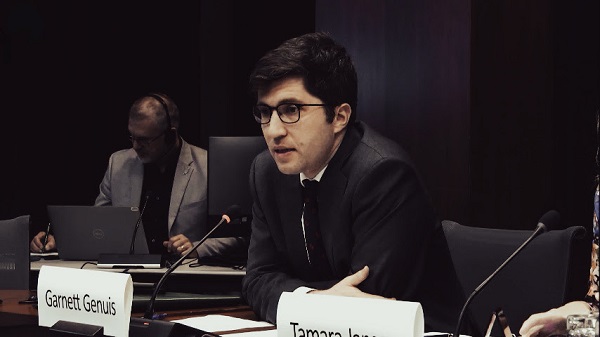
 Automotive23 hours ago
Automotive23 hours agoParliament Forces Liberals to Release Stellantis Contracts After $15-Billion Gamble Blows Up In Taxpayer Faces
-

 National1 day ago
National1 day agoPolitically Connected Canadian Weed Sellers Push Back in B.C. Court, Seek Distance from Convicted Heroin Trafficker
-

 Crime2 days ago
Crime2 days agoFrance stunned after thieves loot Louvre of Napoleon’s crown jewels
-
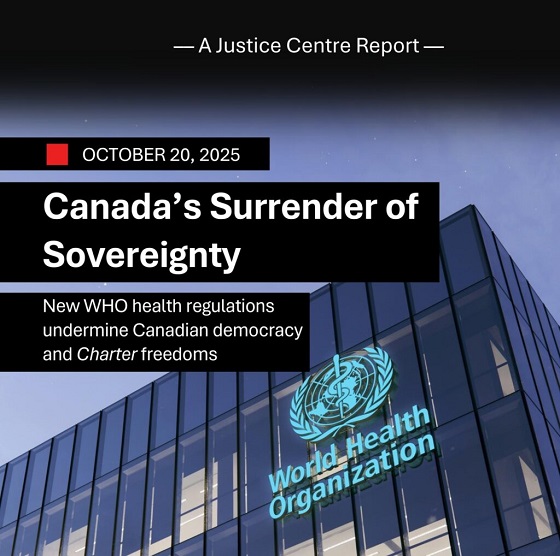
 Uncategorized2 days ago
Uncategorized2 days agoNew report warns WHO health rules erode Canada’s democracy and Charter rights
-

 Alberta1 day ago
Alberta1 day agoPetition threatens independent school funding in Alberta
-
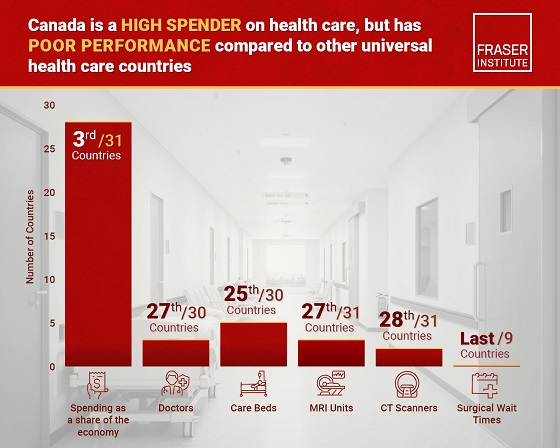
 Business1 day ago
Business1 day agoCanada has fewer doctors, hospital beds, MRI machines—and longer wait times—than most other countries with universal health care
-

 MAiD13 hours ago
MAiD13 hours agoDisabled Canadians increasingly under pressure to opt for euthanasia during routine doctor visits
-

 Courageous Discourse1 day ago
Courageous Discourse1 day agoNo Exit Wound – EITHER there was a very public “miracle” OR Charlie Kirk’s murder is not as it appears


